- Home
- Hardware
.....Read More
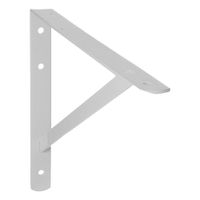
Braces & Brackets
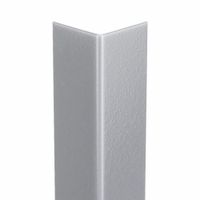
Corner Guards, Wall Protection & Handrails

Door Hardware
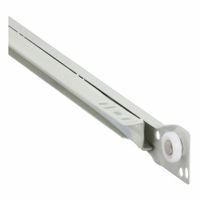
Drawer Slides
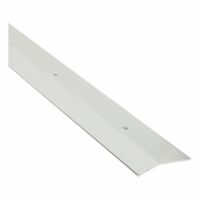
Flooring Hardware
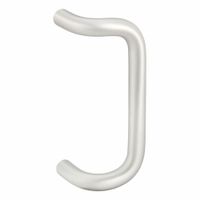
Handles, Pulls & Knobs
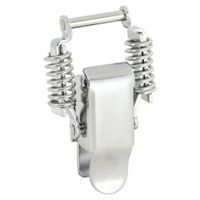
Hasps, Latches and Catches
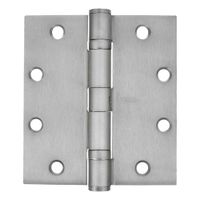
Hinges
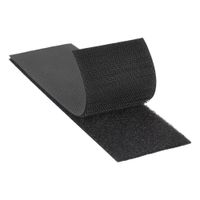
Hook & Loop Fasteners
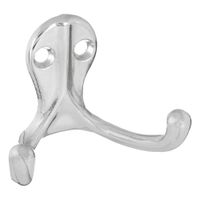
Hooks, Eye Pulleys, & Snap Hooks
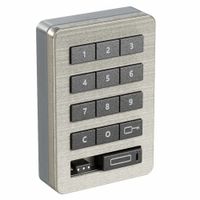
Keyless Cabinet & Locker Entry
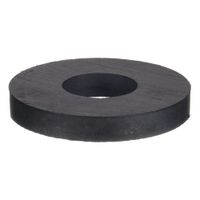
Magnets & Magnetic Strips
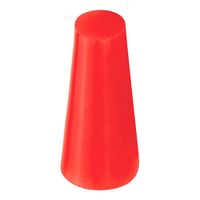
Protective Caps, Plugs & Netting

Sealing Supplies

Springs
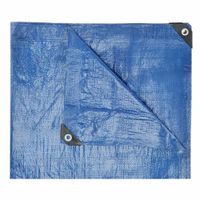
Tarps & Tarp Accessories
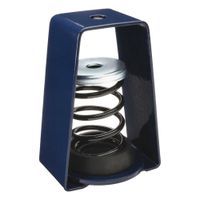
Vibration Control & Leveling Mounts
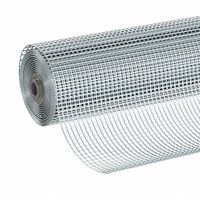
Window Hardware
Frequently Asked Questions
What types of door hardware are commonly used in industrial facilities?
How do you choose the right window hardware for security purposes?
What are the best materials for durable hinges in commercial settings?
How do hasps, latches, and catches differ in their applications?
What sealing supplies are recommended for weatherproofing doors and windows?
How do you determine the appropriate spring type for a specific application?
What factors should be considered when selecting tarps and tarp accessories?
How do vibration control and leveling mounts improve machinery performance?
What are the uses of magnets and magnetic strips in industrial environments?
How do hook-and-loop fasteners compare to other fastening methods in terms of ease of use and reliability?